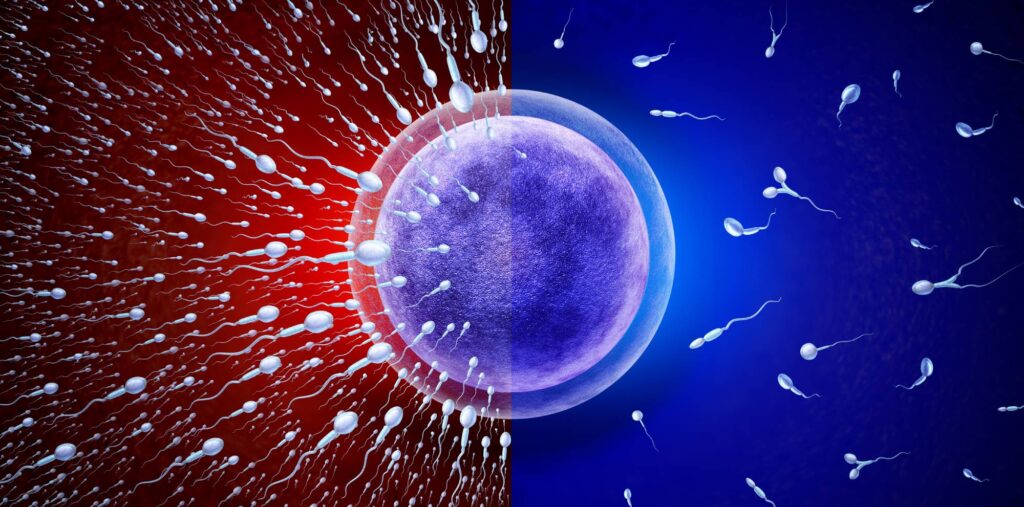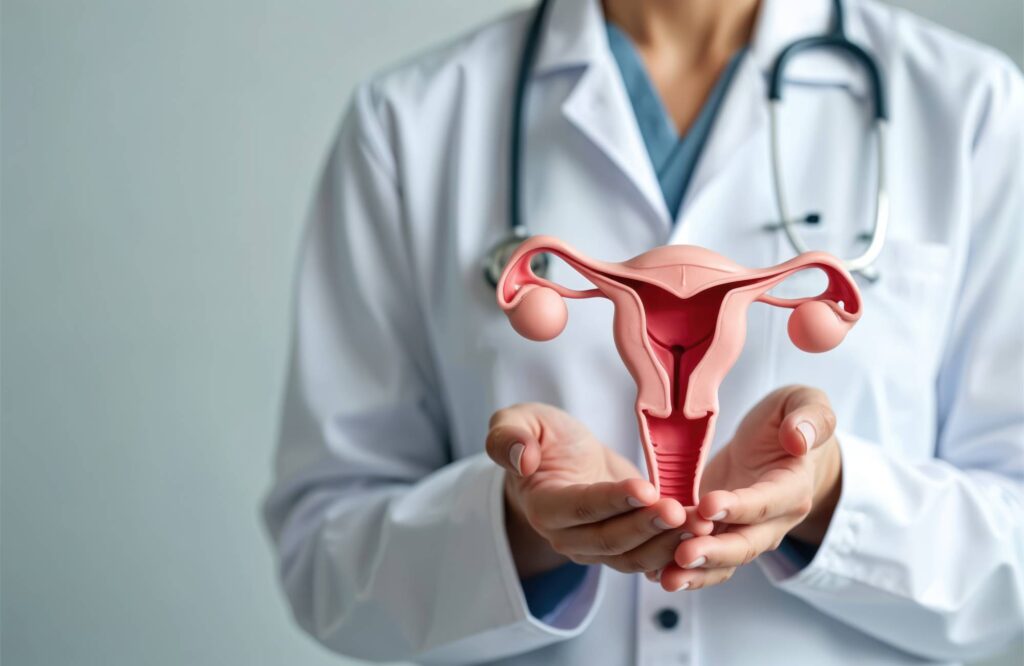ADVANCED TECHNOLOGIES IN ART
The use of advanced technology in ART has enabled targeted interventions for specific infertility challenges, leading to improved reproductive outcomes and higher success rates.

1. Magnetic Activated Cell Sorting (MACS):
It is an immune magnetic separation of the healthy non apoptic spermatozoa which have a good fertilisation rate from the unhealthy sperms which have a poor fertilisation rate.
Couples who benefit from MACS:
- Men with poor semen quality like poor morphology or poor motility of sperms.
- Men with high number of apoptotic sperms like smokers, diabetics or those with varicocele.
- Men with sperms with a high DNA Fragmentation Index
- Couples with more than 2 IVF cycles with unexplained poor fertilisation rate or repeated miscarriages
2. Endometrial Receptivity Array(ERA):
ERA is a customised array to diagnose the receptivity of the endometrium in the window of implantation. A biopsy is taken in the previous HRT Cycle to find out about the receptivity of the endometrial lining. If it is found to be non-receptive then by altering the dose and duration of medication we can aim to make it receptive. It has been found to benefit couples with repeated IVF failures.

3. Pre-implantation Genetic Screening / Pre-implantation Genetic Diagnosis (PGS /PGD):
It is now referred to as PGT- A (Pre-implantation Genetic Testing- Aneuploidy) and PGT-M (Pre-Implantation Genetic Testing – Monogenic/single gene defects). These techniques involve taking a biopsy from the embryo to detect any chromosomal abnormalities. Couples who benefit from them are:
- Couples where the age of the wife is more than 40 years
- Couples with cystic fibrosis, sickle cell anaemia or muscular dystrophies where we can choose those embryos which are healthy and thus prevent these diseases to be transmitted to the offspring.
4. Time Lapse Imaging/ Embryoscope:
The growth and development of the embryos in an IVF Cycle can be continuously monitored by time-lapse imaging. This prevents the need to take the embryos out of the incubator for assessing their progress. Thus, the lesser handling of the embryos allows better undisturbed environment for their progress.
5. Assisted Hatching:
For pregnancy to occur, the embryo has to hatch out of its shell (zona pellucida) and then implant in the lining of the womb. In this technique an opening is created in the zona by micromanipulation using laser to facilitate the hatching of the embryo before it is transferred into the womb. It is helpful in some couples, particularly in older women, where the zona is thick.
Advancements in ART have transformed infertility treatment. These technologies provide personalised solutions for both male and female infertility. Techniques such as MACS, ERA, PGT, time-lapse imaging, and assisted hatching help in selecting better-quality embryos. They also improve implantation chances and overall treatment outcomes. When used appropriately, these advanced methods can significantly increase IVF success rates. They offer renewed hope to couples facing complex infertility challenges.

